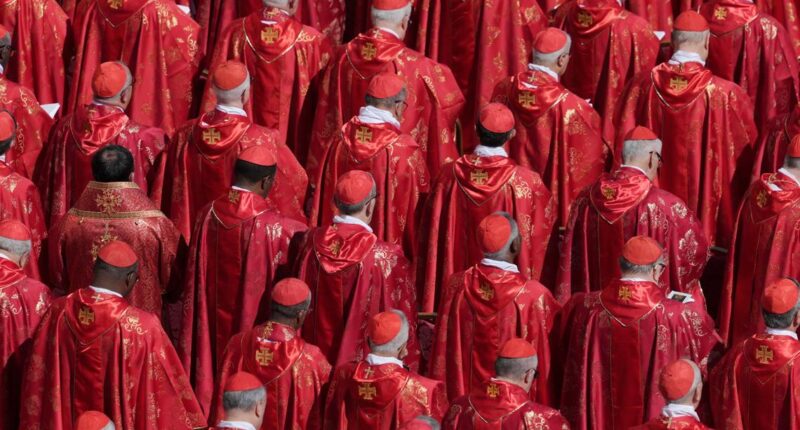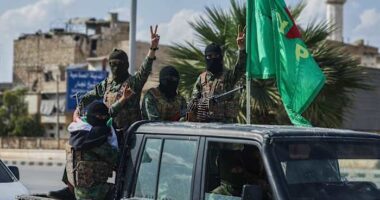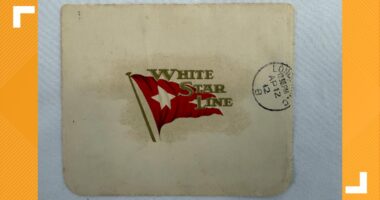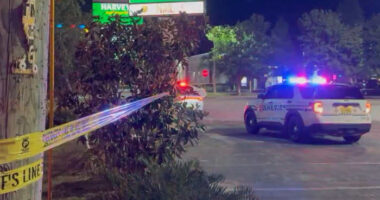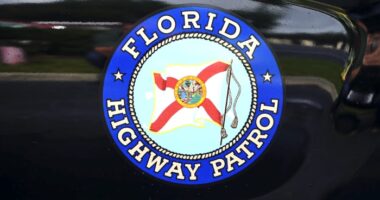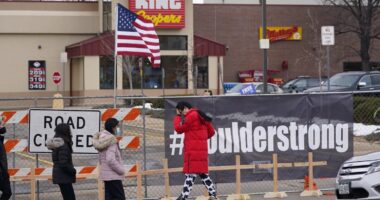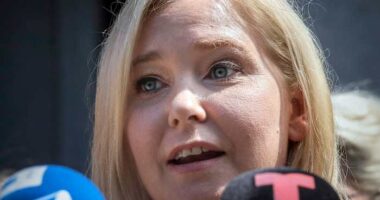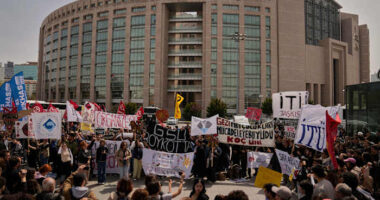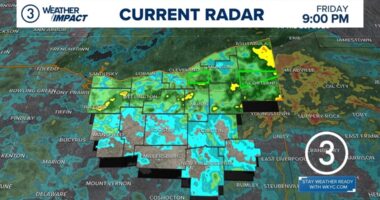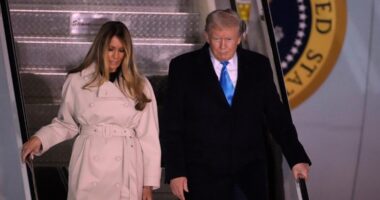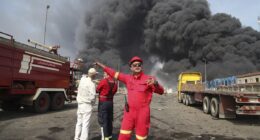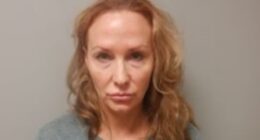With the death of Pope Francis, speculation has ramped up over who may be next in line to be the pope.
WASHINGTON — After the funeral of Pope Francis, all attention turns next to the selection of his successor.
After a pope dies, or in the extremely rare case that they resign — like Pope Benedict XVI before Francis — the Vatican holds a conclave typically 15 to 20 days later.
How is the next pope selected?
During the conclave, the College of Cardinals are sequestered together and meet to select the new pope. The cardinals vote by secret ballot and the pope’s successor must receive two-thirds of the vote to be elected.
Under current Vatican rules, only cardinals under the age of 80 are allowed to cast a vote for pope. The Vatican’s press office currently lists 135 cardinals as eligible to vote in the conclave.
Who will be the next pope?
While no clear successor to Pope Francis has been named and any baptized Catholic male is eligible, traditionally the pope has been picked from within the College of Cardinals.
The last time the cardinals reached outside their ranks was in 1378 when Urban VI was elected pope, according to Religion News Service. And it’s been even longer since anyone was 80 or older when elected pope.
So, in all likelihood Pope Francis’ successor will be one of the 135 men under the age of 80 in the College of Cardinals.
Francis also appointed the vast majority of electors, often tapping men who share his pastoral priorities.
Of course, there has been speculation over the years surrounding who may be in line for the pontiff.
In 2020, Edward Pentin, a longtime correspondent for the National Catholic Register, released a book on the topic, titled: “The Next Pope: The Leading Cardinal Candidates.” In the book, Pentin listed 19 cardinals he considered to be papabile, or “popeable” frontrunners.
Some of the names he included were Cardinals Pietro Parolin, the Vatican’s secretary of state, Matteo Zuppi, Luis Antonio Tagle, Robert Sarah and others.
Among his list were also two Americans: Cardinal Seán Patrick O’Malley and Cardinal Raymond Leo Burke.
For O’Malley, the 80-year-old former archbishop of Boston, his age would likely be a factor that complicates his potential candidacy. The oldest pope on election was Pope Clement X in 1670 at the age of 79.


Who are the American cardinals?
Burke, who used to be the archbishop of St. Louis, Missouri, is among the 10 American cardinals eligible to vote in the conclave.


But even with all the speculation, there’s still a chance for a surprise. Jorge Mario Bergoglio was considered too old to be elected pope in 2013 at age 76 and Karol Wojtyla wasn’t on any front-runner lists going into the 1978 conclave that elected him Pope John Paul II.
The Associated Press contributed to this report.
